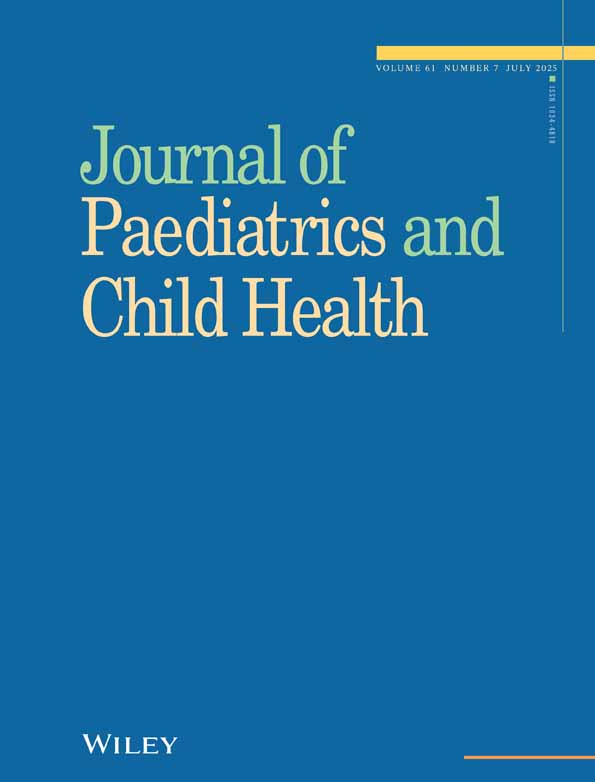Letters to the Editor
Dear Editor,
GENTAMICIN DOSAGE INTERVALS
We agree with Yeung and colleagues that adequacy of the dose of gentamicin is essential in treating sepsis or presumed sepsis in the neonate. Unfortunately in our retrospective study1 we were unable to assess post-dose, peak gentamicin levels as they are not carried out routinely. We suggested in our discussion that ‘Adoption of longer dosage intervals must be accompanied by monitoring to confirm decreased toxic trough serum gentamicin levels and continued efficacy of gentamicin’. Such a study was undertaken in our unit using our recommended dosing regimen.2 There were no toxic trough gentamicin levels. In 25 infants > 30 weeks gestational age, there were no sub- therapeutic levels and only three out of 11 (27%) infants ≤ 30 weeks had subtherapeutic levels after the third dose.
We agree that a dosing regimen that gives serum gentamicin levels in the therapeutic range after the first dose seems reasonable. However, the attainment of ‘therapeutic’ levels, whether with the first or third dose, has never been related to clinical efficacy in neonates. Regimens using higher loading doses have never been compared to fixed dose regimens in randomized controlled trials with enough power to assess clinically relevant outcomes such as proven sepsis or mortality from sepsis in neonates.
The main conjecture of our study was that we cannot continue with dosage regimens that yield a high incidence of toxic gentamicin levels. We should adopt regimens that minimize the occurrence of toxic gentamicin levels whilst monitoring for continued efficacy. A randomised controlled trial comparing conventional regimens (low-dose, shorter-interval) with high- dose, long-interval regimens, with important end points such as proven infection or death, is required.




